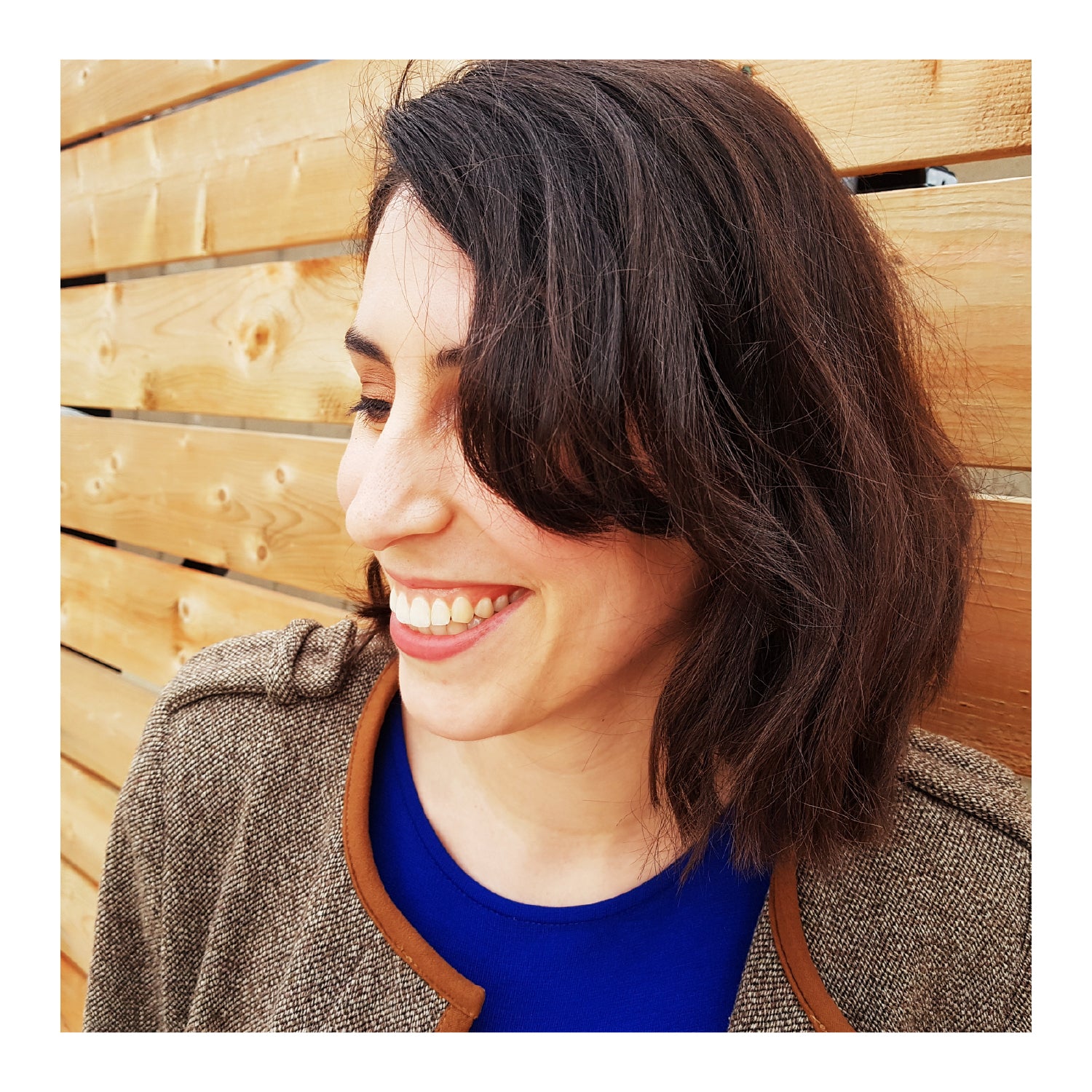Foundation paper pieced patterns make piecing simple and accurate, but once the quilt top is finished, the quilting step can seem daunting. It's difficult to decide where to start and how to choose a quilting design that will compliment the irregular shapes of the piecing.
If you're like me, then you've probably relied on a quilted crosshatch to finish your projects, but I promise there's lots to gain from dipping your toes outside of the "tried and true." In fact, I used the principles of crosshatching to inch outside of my own comfort zone and quilt my latest finish, Nesting Phoenix.
Below is a comprehensive step-by-step look at how I quilted my star. I hope it will inspire you to try a few new strategies on your own projects. But first, let's find out why crosshatching is a solid go-to quilting choice.
4 Reasons I Love Quilting With A Crosshatch
I've always quilted my foundation paper pieced patterns with a tightly-spaced crosshatch. What is a crosshatch? A crosshatch is achieved when you have a minimum of two stitch lines (at two different angles) overlapping each other. I often play with various angles to achieve different looks from diamonds to squares as shown below via a series of projects quilted using Aurifil 50wt.



Here's why I love it:
Reason 1: No need to measure out each line.
I use masking tape to mark the first line in a direction of my choosing. I then line up the edge of the tape with the edge of my walking foot, and begin stitching. It's important that the initial stitch line is straight as it will act as my guideline going forward. I rely on the width of my walking foot to achieve equal spacing between each line (I move the needle's position as far from the guideline as possible, which produces a spacing of about 1/4" as shown below).

Reason 2: It produces a flatter quilt.
There can be a lot of seam allowances on the backside of an FPP project, especially if there are lots of tiny sections in the pattern. All those seams can make it difficult for the project to lie flat. I find that a tight crosshatch helps to keep those seam allowances tacked down.
Reason 3: It's quick!
Each line starts and finishes along the perimeter of the quilt top so there's no burying threads or turning your quilt. Great for those of us with a deadline!
Reason 4: It doesn't interrupt the patchwork.
While this approach to quilting doesn't necessary add to the story of the pattern, it's a great go-to design that won't take away from the piecing either.
While all of the above is true, there's nothing wrong with experimentation from time to time, is there? So when I finished my Nesting Phoenix baby quilt, I decided to echo some of my favourite shapes to achieve a dynamic crosshatch pattern. Let's have a look at how I did it!


A Step-by-Step Look At Quilting a FPP Pattern
Step 1: Quilting from the Centre Out
An important rule of thumb when quilting is to start at the centre of the quilt and work your way outwards. This strategy allows you to smooth out any bumps and bubbles in your quilt sandwich toward the open edges, rather than enclosing them in.
It was easy to know where to start because one of my favourite features in the pattern is the star/bird symbol at the centre. So I started quilting by aligning the left edge of my walking foot with the edge of the piecing (the needle was in its furthest right position) and echoing the star/bird shape.
Tip: Begin stitching in a seam on the x or y axis of the star as shown with the red circle below. This will allow you to use the "ditch" created by the seam to travel outward from the centre discreetly as shown with the yellow arrows.

The illustration below demonstrates how I used the seams in the design to inform me when to change direction. I used a hera marker to mark the lines in the quilt top.
I chose not to stitch a deep "v" on my second pass around the centre star/bird symbol, because it would be difficult to continue it as I stitched outward. Instead, I lightened the angles and pressed on, turning my quilt, stitching in the ditch, and spiralling outwards until my stitches reached the tip of the blue/yellow diamond shapes on all four quadrants.

Step 2: Quilting the Rest of the Star
For my second quilting pattern, I decided to echo another shape in the design - the outer yellow band.
Full disclosure: In this case, I quilted from the outer yellow band inward. The centre of the quilt was already stitched down at this point, and I took extra care to smooth out the quilt top as I worked. (We do our best to follow the "rules," but don't be afraid to take things off-road! Just do it carefully.)
Again, I found a seam and began to stitch in an inward spiral using the edge of my walking foot as my guideline. (Note: you may have to alternate which side of the walking foot you use depending on your direction of travel.) I've isolated this step in the illustration below, but I was quilting on top of the stitches made in step 1 and creating a square crosshatch in some areas.

Step 3: Quilting the Background
I continued to echo the shape of the yellow outer band into the background with larger spacing between each line. I used a 1/2" spacing for a few rows nearest the star, and then widened it to a 1" space for the rest of the background. For this step I used masking tape to mark my spacing.
Note that the "x" marking (shown in red) made in step 1 also helped to inform me when to turn the quilt in this step too. I added a few more markings to guide the additional turns (shown in green). There's no need to guess!

Step 4: Balancing the Design
After completing step 3 I took a hard look at my project. At this point, the star was densely quilted and the background was not. There seemed to be an imbalance. Taking my gut feeling at face value, I decided to add more quilting to the background by echoing the triangular shape of the diamonds located at the four cardinal points of my design.
I used some masking tape to ensure my first "v" was in-line with the piecing, and then used my walking foot for spacing. This step went quickly because I started and finished quilting each line in the excess area of my quilt sandwich. No need to travel in the ditch or bury threads!
The Result: A Radiate Star Quilt
The illustration below combines all the steps to demonstrate how each choice worked together to effectively tell a cohesive and compelling quilting story. All I had to do was echo a few key shapes in the pattern to create ripples of stitching, that inevitably crashed into one another and produced some eye-catching crosshatched designs.

I didn't anticipate the final effect of my quilting choices, but - wow - was it an awesome surprise! Subtle choices like widening the spacing between the stitch lines on the background and emphasizing the triangular shapes created a dynamic quilting story. The star radiates just as it should!

Are you inspired to try some of these strategies on your next quilt?
Let us know in the comments section below.




5 comments
I’m new to FPP and have completed two small baby doll quilts. But neither of the books I had said anything about the quilting stitches. You nailed it. Small spaced cross hatch will go a long way in holding down the small points of my star centers and other features. Thank you.
Thank you SO much for this, I love making FPP blocks but am always at a loss how to quilt them without losing that wonderful precision it gives you
I am about to quilt my first paper pieced wall hanging and am going to follow your plan as best I can….I have my fingers crossed!
I enjoyed reading about your crosshatching quilting technique. I did something very similar with FPP placemats. It is true that this technique makes a very flat quilt project.
Those are great ideas Cristina! It looks very complicated but you’ve broken it down into small steps.